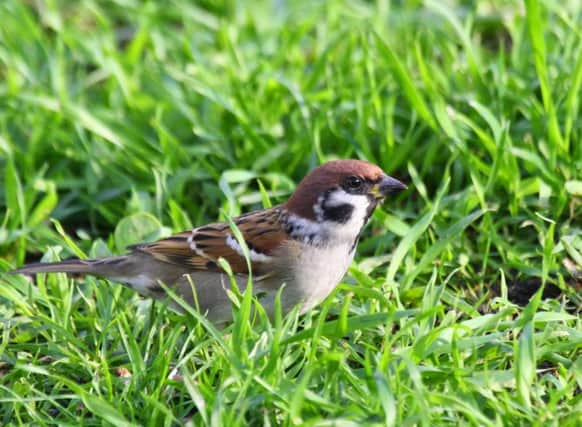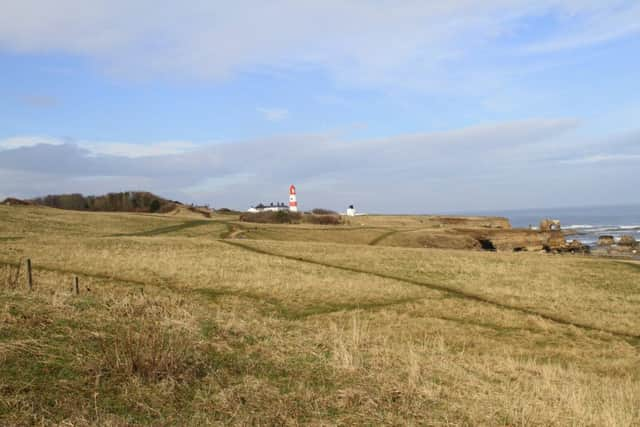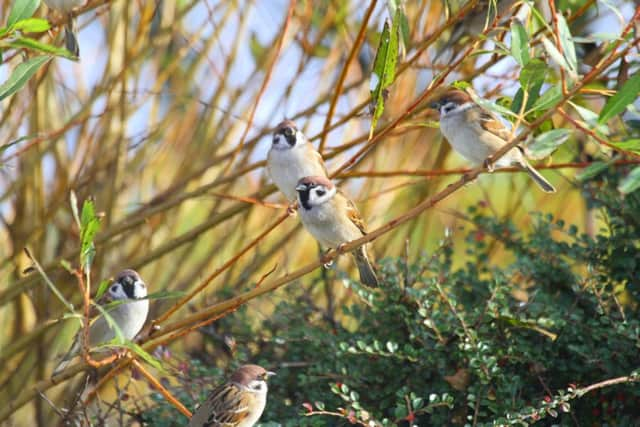Endangered bird now thriving at nature reserve in South Tyneside


The red-listed tree sparrow, which is one of Britain’s most endangered birds, is now thriving at The Leas and Whitburn Coastal Park.
There was just one pair of the birds at the park six years ago, and that figure has now risen to 120 individual birds.
Advertisement
Hide AdAdvertisement
Hide Ad

The park, which is the site of an abandoned colliery, has been turned into a haven for birds.
Tree sparrows, which have red-brown crowns and black-and-white cheeks, are successfully nesting there and breeding on a three-mile coastal strip of land cared for by the National Trust.
National Trust ranger Dougie Holden said: “When we acquired the additional 32 hectares to the 116 hectares we already care for on The Leas, we put in place a long-term plan to re-wild the landscape.
“After the first pair of tree sparrows were spotted we hatched a plan to install nest boxes working with three volunteer rangers and WCCG members.
Advertisement
Hide AdAdvertisement
Hide Ad

“There are now 84 nest boxes around the site and we feed the birds on a specialised diet of red millet, white millet and canary seed.
“Their settlement in the area is remarkable considering how scarce these beautiful little birds have become in southern and western regions of Britain.
“Most people wouldn’t associate these birds with long distance travel but tree sparrows are regularly known to migrate.
“British ringed birds have been found in France, Belgium and The Netherlands, just as continental ringed birds have been found in the UK.
Advertisement
Hide AdAdvertisement
Hide Ad

“Their presence on the site is a wonderful reminder of how things would have looked locally 50 or 60 years ago.”
Several other birds on the British Trust for Ornithology’s red list are also making a home in the park.
John Brown, who has volunteered at the site for over 35 years and is helping the Trust on the project, said: “When we caught our first pair we couldn’t believe our luck.
“In all the time that I’ve been involved with bird ringing I’ve never seen tree sparrows first hand.
Advertisement
Hide AdAdvertisement
Hide Ad

“We did a lot of work around experimenting with different bird feed types to see if we could come up with a mix that would attract only the tree sparrows so that their food wasn’t scavenged by other birds.
“Now we put out a mix of canary seed and millet at one dedicated feed station with the aim of attracting only the tree sparrows which has been really successful in helping increase their numbers.
“The birds have put their trust in us and we are doing our bit to try to ensure that the species survives for future generations to enjoy them as much as we all do.”